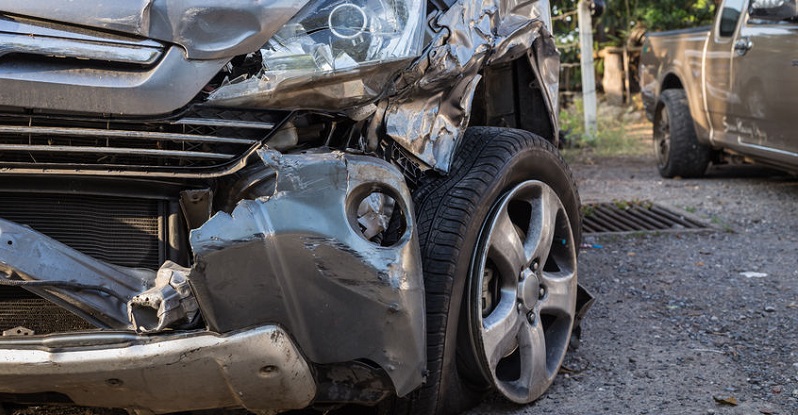In 2015, six teenagers between the ages of 16-19 died every day in a car accident. That translated into 2,333 teens killed and more than 221,000 injured in 2015 alone.
Colorado Officials Debate the Effect They Have On Road Safety and Car Accident Prevention
Yearly safety inspections are something that vehicle owners across the country have dealt with for decades. Some states require inspections to look for safety issues, while others, including Colorado, require certain vehicles to be inspected for emissions. But in a couple of states, lawmakers are now considering doing away with vehicle safety inspections, and this move has many people wondering if that’s a good idea.
Colorado Vehicle Inspection Requirements Vary
If you look at a color-coded map of the United States that indicates the different state laws involving vehicle inspections, it doesn’t take long to see how vastly different laws are all over the country. Even within one state, the laws can be confusing, as is the case in Colorado. For instance, there is no periodic safety inspection if your car is seven years or younger, but there is an emission inspection required, but only if it:
- Weighs less than 8500 pounds and is considered a light-duty gasoline-powered vehicle
- Weighs more than 8500 pounds and is considered a heavy-duty vehicle
- Changes ownership
- Is housed in five specific counties or parts of four other counties.
Now for those with vehicles that are seven years old or older, you not only have all the emission rules, but you also have safety inspection rules, and the frequency of those inspections vary based on the vehicle’s age. Some lawmakers question if inspections actually help reduce Colorado auto accidents and fatalities. Since vehicle inspections are regulated at the state level, each statehouse must decide, and debate, what policies to initiate. For now, a handful of states do mandate regular inspections but that number may change soon if lawmakers have their way.
Older Cars Can Be Deadly, Especially With Inexperienced Drivers Behind the Wheel
According to national health statistics, car accidents are the number one cause of deaths for teenagers. In 2015, six teenagers between the ages of 16-19 died every day in a car crash. That translated into 2,333 teens killed and more than 221,000 injured in 2015 alone. When you look at the US Fatality Analysis Reporting System (FARS), research shows that almost half of the teenagers killed in accidents were driving vehicles that were 11 years old or older. Researchers note that one of the main issues with these older cars is that they lack modern-day safety features that can save lives. There’s also the issue that an old car is just that – old.
Wear and tear on a car can make for some serious situations if that vehicle has not been properly maintained, and that is where inspections do help. Inspections make sure safety features, like blinkers, windshield wipers, and brakes are working properly. Inspectors also check the horn, steering, and seat belts, along with headlamps. All these issues may seem mundane to a young driver, but they are feature critical to keeping those young drivers safe on the road.
Not every parent can provide their young child a newer car; however, it’s vital that whatever car your child has is properly inspected, whether the state requires it or not. Finding a good mechanic to do a yearly overall inspection is an investment worth making to ensure the car your teen is driving, regardless of age, is as safe as possible. The same goes for anyone driving an older vehicle. A yearly service overhaul is a good way to make sure your vehicle is as safe as possible.

